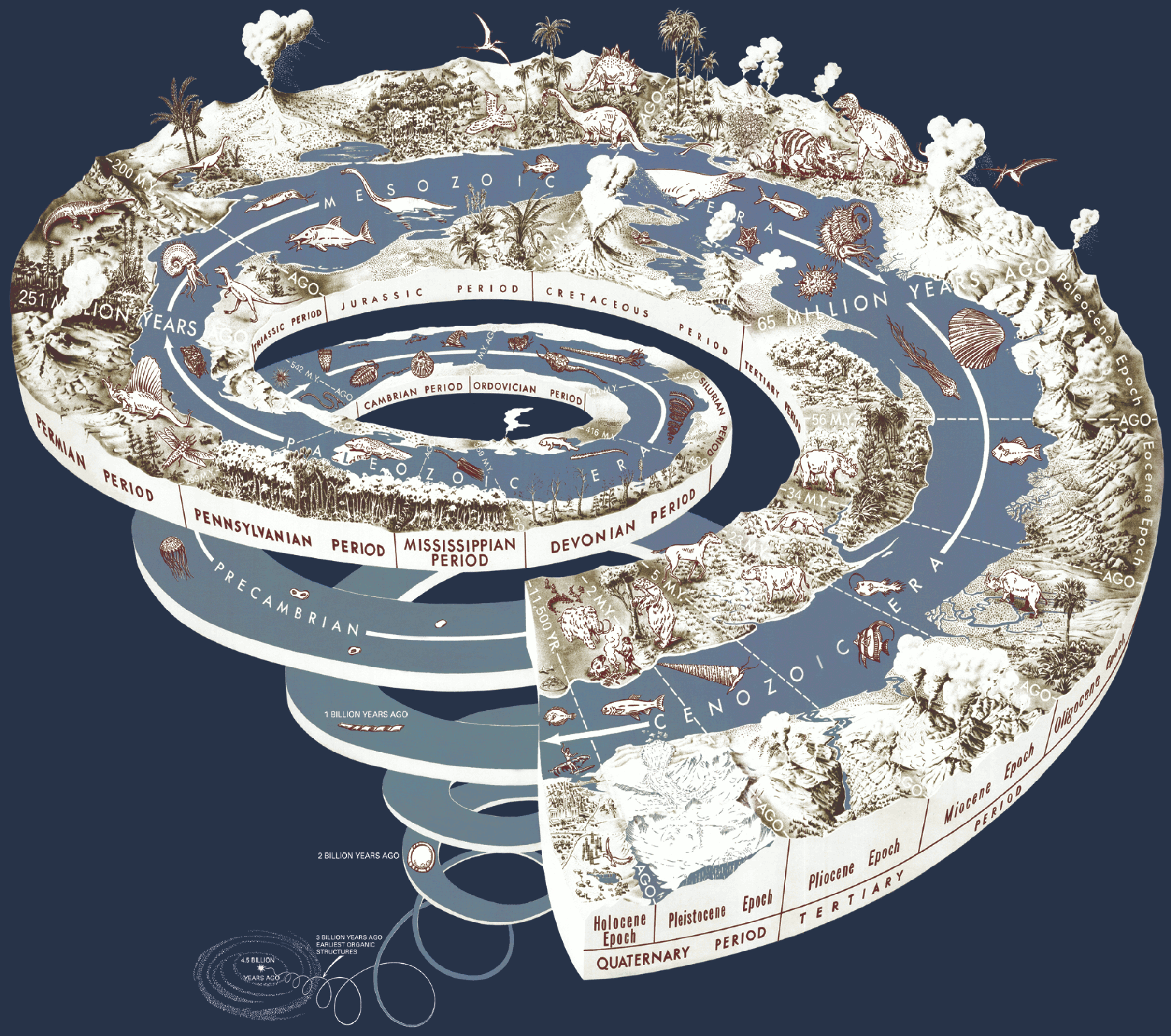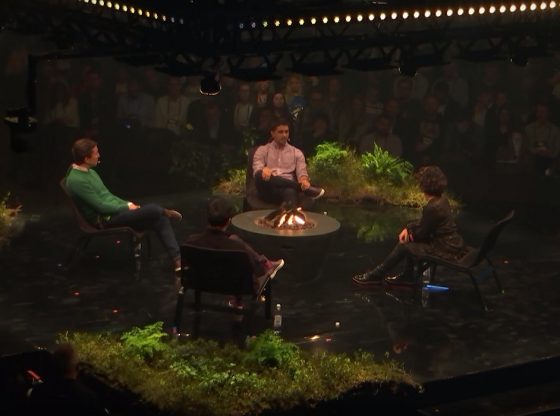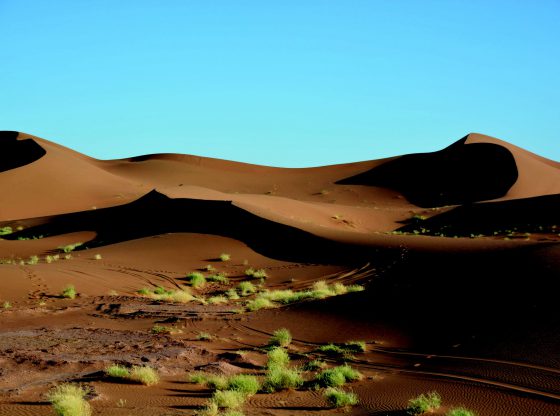An international panel of researchers has determined that we are now in the geological period known as the Anthropocene. In essence, a new era in the history of the Earth caused by human influence on the environment.
During the last century, in particular, the number of people on the planet and our consumption have accelerated, which is leaving its mark on the Earth’s geological sediments.
For example, we have converted more than 50% of the Earth’s surface to serve our purposes, through urban landscaping, forestry, and agriculture.

Residues from nuclear explosions will leave traces on Earth during hundreds of thousands of years. Plastics in our waterways and oceans giving rise to micro-plastic particles, plastics that will likely leave identifiable fossil records for future generations to discover.
We have doubled the nitrogen and phosphorous in our soils during the past century by our fertilizer use. We have most certainly left a permanent marker in sediment and glacial ice with our airborne polluters such as black carbon from fossil fuel-burning.
The classification of the new epoch in the history of the Earth is not totally complete, though. It is not exactly certain yet when the Anthropocene is considered to have begun, but according to the researchers, the 1950s is a good bet.
There are three main events during human history that would possibly classify as the beginning, as described in the study The Anthropocene is functionally and stratigraphically distinct from the Holocene;
Humans are altering the planet, including long-term global geologic processes, at an increasing rate. Any formal recognition of an Anthropocene epoch in the geological time scale hinges on whether humans have changed the Earth system sufficiently to produce a stratigraphic signature in sediments and ice that is distinct from that of the Holocene epoch. Proposals for marking the start of the Anthropocene include an “early Anthropocene” beginning with the spread of agriculture and deforestation; the Columbian Exchange of Old World and New World species; the Industrial Revolution at ~1800 CE; and the mid-20th century “Great Acceleration” of population growth and industrialization.
The international team behind the paper includes several other members of the Subcommission on Quaternary Stratigraphy’s Anthropocene working group. They hope to present a proposal to the ICS later this year. The upswing in the usage of the Anthropocene term can most certainly be credited to Paul Crutzen, the Dutch Nobel prize-winning atmospheric chemist after he wrote about it in 2000.
_______________
The Anthropocene is functionally and stratigraphically distinct from the Holocene
______________________________












![OpenAI. (2025). ChatGPT [Large language model]. https://chatgpt.com](https://www.illustratedcuriosity.com/files/media/55136/b1b0b614-5b72-486c-901d-ff244549d67a-350x260.webp)
![OpenAI. (2025). ChatGPT [Large language model]. https://chatgpt.com](https://www.illustratedcuriosity.com/files/media/55124/79bc18fa-f616-4951-856f-cc724ad5d497-350x260.webp)
![OpenAI. (2025). ChatGPT [Large language model]. https://chatgpt.com](https://www.illustratedcuriosity.com/files/media/55099/2638a982-b4de-4913-8a1c-1479df352bf3-350x260.webp)








